



Siath
gamer level 6
10671 xp
10671 xp
followers
10
10
Use my invite URL to register (this will give me kudos)
https://boardgaming.com/register/?invited_by=siathoaicned
profile badges




recent achievements

Novice Advisor
Submit 10 game tips, strategies, or house rules and receive a total of 270 positive ratings.
Submit 10 game tips, strategies, or house rules and receive a total of 270 positive ratings.

The Gold Heart
Give 10 Gold Hearts to games that you love.
Give 10 Gold Hearts to games that you love.

Follow a Local Game Store
Follow a local game store. The purpose of following is to get notifications when comments are added to the board.
Follow a local game store. The purpose of following is to get notifications when comments are added to the board.

Pick a Favorite LGS
Go to the Store Locator page, find your favorite local game store (LGS) and click on the Favorite button.
Go to the Store Locator page, find your favorite local game store (LGS) and click on the Favorite button.
Player Stats
Critic (lvl 3)
795 xp
795 xp
Explorer (lvl 3)
838 xp
838 xp
Professor (lvl 3)
900 xp
900 xp
Reporter (lvl 1)
230 xp
230 xp
About Me
I typically play games with the same of 4-6 friends. Some of the games we play include Betrayal at House on the Hill, Shadows Over Camelot, Quarriors, Small World, Power Grid, though we also play some simpler games just for fun, like Curses!, Telestrations, and Cards Against Humanity.


















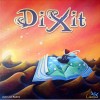











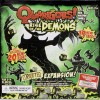


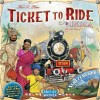
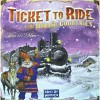






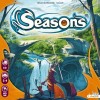










Ticket to Ride: Nordic Countries
While there really is nothing new in this version, it is a good deal of fun, and a great way to adjust the game for a smaller get together or for two people to play. Also, this isn’t an expansion, but a full standalone, so if having fewer players is your norm, it is a great version to pick up instead of the other standalone versions requiring more players. Outside of this, it is everything you have come to expect from Ticket; A simple, easy to learn, train adventure.